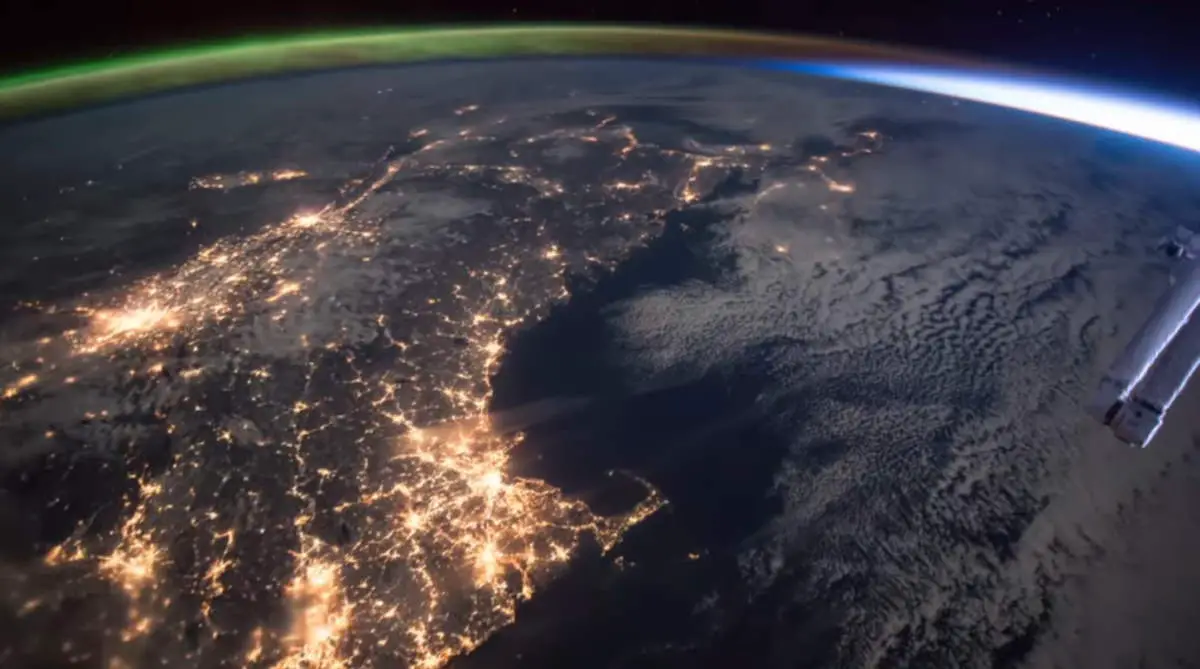A short but amazing video showing both an aurora and sunrise from the International Space Station (ISS), published by the NASA Johnson channel.


Latest posts by M. Özgür Nevres (see all)
- Moon Landings: All-Time List [1966-2025] - February 2, 2025
- What Is Max-Q and Why Is It Important During Rocket Launches? - January 16, 2025
- Top 10 Tallest Rockets Ever Launched [2025 Update] - January 16, 2025
